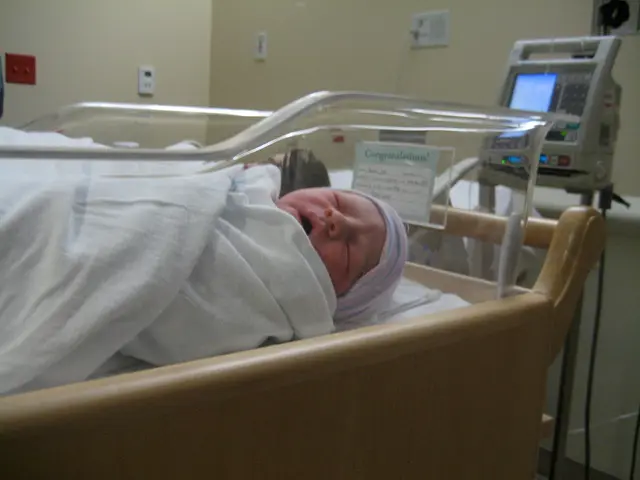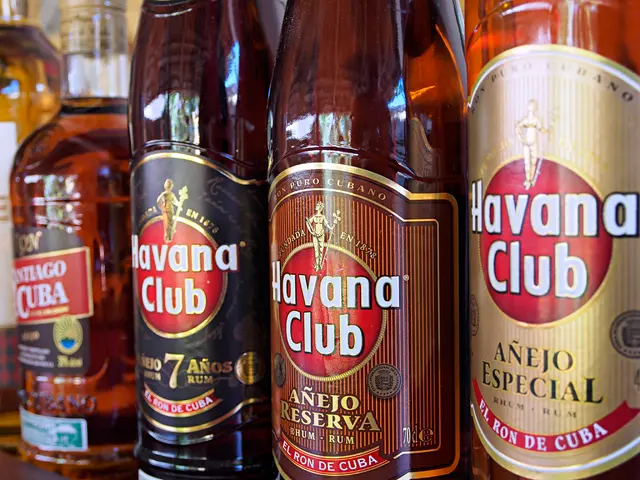Decreasing Desire for Non-Surgical Body Fat Elimination
In a surprising turn of events, the American Society of Plastic Surgeons (ASPS) has reported a significant decrease in noninvasive fat reduction procedures like CoolSculpting and Kybella in 2024. According to recent commentary from plastic surgery sources linked to the ASPS, this decline can be attributed to a shift in patient preference away from fat-destroying technologies and towards treatments that not only reduce fat but also improve muscle tone and overall contour.
One such example is the rise of treatments like Emsculpt Neo, which combines muscle building with fat burning noninvasively in a shorter time frame, offering more comprehensive body sculpting benefits beyond mere fat reduction. This trend reflects an evolving patient demand for body contouring methods that offer more noticeable, multifunctional improvements.
The ASPS's annual trend-spotting report for 2024, originally published on Jolene Edgar's Substack, Aesthetics Unfiltered, analyses key shifts in aesthetic medicine and often provides unexpected findings. The report states that the decrease in noninvasive fat reduction procedures is linked to reduced popularity of fat cell destruction methods, increasing preference for treatments that build muscle and burn fat simultaneously, and potential perception of better or more effective results with newer technologies focusing on muscle and fat rather than just fat elimination.
The drop-off in noninvasive fat reduction procedures is considered surprising by some doctors. Dr. Bob Basu, a board-certified plastic surgeon in Houston and the president-elect of the ASPS, attributes the decline to the GLP-1 boom and the modern patient's bang-for-buck mentality. GLP-1 medications, which target visceral fat, cannot be reached by plastic surgery or devices, thereby shifting the focus towards refining shape and tightening skin.
In the surgical realm, butt and thigh lifts, and cheek implants were the most popular procedures, each recording a 3% increase from the previous year. In the nonsurgical realm, neuromodulators and hyaluronic acid fillers were the top two procedures, respectively. Surgical nips and tucks, as well as minimally invasive skin-tightening modalities like Radiofrequency treatments such as Renuvion and BodyTite, are becoming more popular due to the use of GLP-1 medications.
Skin resurfacing treatments, such as peels, lasers, and microdermabrasion, came in third, with a 6% increase from 2023. Demand for cosmetic surgeries remained steady in both surgical and minimally invasive categories. The steep decline in noninvasive fat reduction procedures is also attributed to the modern patient's focus on value for money.
The GLP-1 boom has fundamentally changed the landscape of weight loss treatments, leading people who lose considerable weight due to GLP-1 medications to focus on refining their shape and tightening their skin. This shift in trends is expected to continue as patients seek comprehensive body contouring solutions that offer more than just fat reduction.
Science reveals a growing interest in health-and-wellness practices that combine nutrition and weight-management. This trend is reflected in the increasing popularity of Emsculpt Neo, a noninvasive treatment that builds muscle and burns fat simultaneously, offering multifunctional improvements beyond simple fat reduction.




